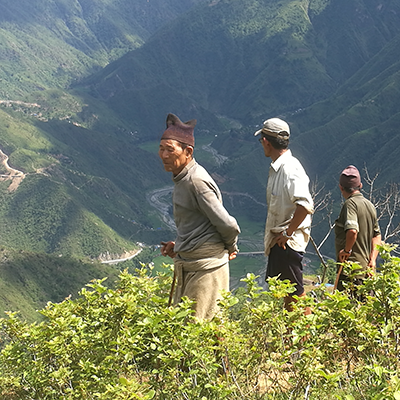Research project studies small-holders in Nepal and develops a new research method.
How can be better understand complex smallholder landscapes? And are all villagers affected equally when the bases of land use are changed?
These are the questions asked in a research project that compares three different mountain landscapes in the Mid-Hill region of Nepal.
The project group, consisting of five researchers - all with interdisciplinary backgrounds, have developed a special method that combines ethnographical and agro-ecological research methods. The metod involves participatory observations, various forms of interviews and field trips together with farmers and other actors. This method has helped them understand how different groups of farmers has access to different types of land, and how climate changes therefore affects these groups differently. It has also showed how these farmers adapts in different ways to constraints on farm labour, decreasing soil fertility and less rainfall.
The study also reveals how farmers combines food crops and fodder trees on their grounds, something that goes against strict ideas of agricultural and forestry.

